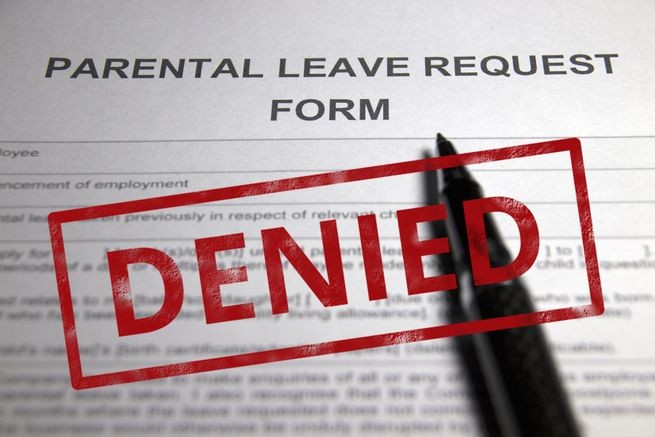A Return to Work letter is essential for employees resuming work after an extended absence due to illness, injury, leave management, or other personal reasons. This article will provide a detailed guide on crafting an effective RTW letter, including its importance, essential components, and a sample template to assist both employees and HR professionals.
Why a Return to Work Letter is Important
- Communication Clarity: Ensures both employee and employer are aligned on the return details.
- Medical Assurance: Confirms the employee is fit to resume work, often including medical clearance.
- Transition Planning: Helps in organizing workload and any necessary accommodations.
- Policy Compliance: Ensures adherence to company and legal requirements regarding employee leave and return.
Day Off
The #1 tracker for your team’s PTO, vacations and absences, Day Off will help you track your team’s leaves and absences in one place. In seconds you will set up your leave policies, approval workflow and enjoy a unique experience. The “Day Off” app concept revolves around providing users a platform to manage their personal, sick, and vacation days more effectively. features aimed at both individual employees and organizations.
- Employees can track their balances up to date information about their available time off.
- You can add unlimited numbers of employees.
- Supports various leave types (e.g., annual, sick, maternity/paternity leave) and Supports Days and Hours balance, you can add unlimited numbers of leave types and leave policies.
- You can Customize week starting day settings according to your company’s operational days.
- Setting up public holidays specific to your country or region, by importing holidays from Google.
- The app can integrate with ( Slack, Google Kalender, Outlook Calendar and Teams)
- Supports Accruals & Carry overs.
Steps to Write a Return to Work Letter
- Gather Necessary Information: Collect all relevant details, including medical clearance (if applicable) and the planned return date.
- Use Professional Language: Maintain a formal and respectful tone throughout the letter.
- Be Clear and Concise: Clearly state your intention to return, the reason for your leave, and your readiness to resume duties.
Key Components of a Return to Work Letter
Employee Information:
- Full name
- Position
- Contact details
Employer Information:
- Company name
- Department
- Contact details of HR or supervisor
Date of Writing: Indicate when the letter is written.
Formal Salutation: Address the letter to your immediate supervisor or HR manager (e.g., “Dear [Manager’s Name],”).
Intent to Return:
- Clearly state your intent to return to work.
- Mention the reason for your leave briefly.
Details of Leave: Include the start date and reason for your leave without going into too much personal detail.
Return Date: Specify the exact date you intend to return to work.
Medical Clearance (if applicable):
- Include a statement from your healthcare provider confirming your fitness to return.
- Mention any recommended accommodations.
Request for Meeting (optional): Suggest meeting to discuss your return and any updates.
Acknowledgment of Policies: Affirm your understanding of the company’s return-to-work policies.
Closing Remarks: Express your readiness and willingness to resume duties.
Signature: Sign the letter if sending a hard copy; include your printed name.
Sample Template for a Return to Work Letter
[Your Name]
[Your Address]
[City, State, ZIP Code]
[Email Address]
[Phone Number]
[Date]
[Manager’s Name]
[Company Name]
[Company Address]
[City, State, ZIP Code]
Dear [Manager’s Name],
I hope this message finds you well. I am writing to notify you of my intention to return to work following my [illness/injury/personal leave]. My leave commenced on [start date], and I am pleased to inform you that my healthcare provider has cleared me to resume my duties.
I plan to return to work on [return date]. My doctor has recommended the following accommodations (if applicable): [brief description of any required accommodations].
I would appreciate the opportunity to meet with you to discuss my return and any pertinent updates regarding my role or responsibilities. Please let me know a suitable time for this discussion.
I am committed to adhering to the company’s policies and procedures upon my return and am eager to rejoin the team. Thank you for your understanding and support during my leave.
Sincerely,
[Your Signature (if sending a hard copy)]
[Your Printed Name]
Tips for HR Professionals
- Review and Verify: Ensure all medical clearances are accurate and in line with company policy.
- Update Employee Records: Document the employee’s return date and any special accommodations.
- Communicate with Team: Inform relevant team members of the returning employee’s schedule.
- Organize a Welcome Meeting: Arrange a meeting to discuss any changes and ensure a smooth transition.
- Monitor Adjustment: Keep track of the employee’s reintegration and address any issues promptly.
Conclusion
Crafting a Return to Work letter is a straightforward yet crucial step in ensuring a seamless transition back to the workplace. By following this guide and utilizing the provided template, employees can effectively communicate their readiness to return, and HR professionals can facilitate a smooth and compliant reintegration process.










